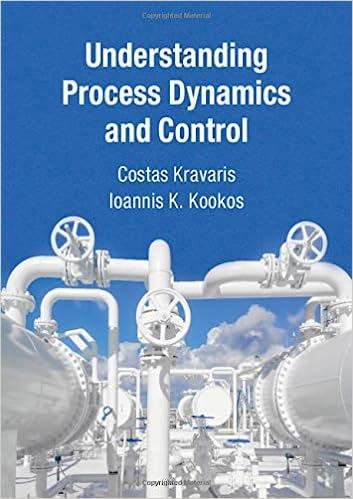Answered step by step
Verified Expert Solution
Question
1 Approved Answer
As we have discussed, real surfaces often have steps and defects. Bearing this in mind, consider the following. A surface scientist runs an experiment where
As we have discussed, real surfaces often have steps and defects. Bearing this in mind, consider the following. A surface scientist runs an experiment where they expose a clean surface to at and at room temperature. At they observe only molecular adsorption, while at room temperature, they observe a mixture of atomic and and molecular NO How can you explain these results? Also, how would you expect these results to change if hey used a Pt surface instead? points

Step by Step Solution
There are 3 Steps involved in it
Step: 1

Get Instant Access to Expert-Tailored Solutions
See step-by-step solutions with expert insights and AI powered tools for academic success
Step: 2

Step: 3

Ace Your Homework with AI
Get the answers you need in no time with our AI-driven, step-by-step assistance
Get Started


